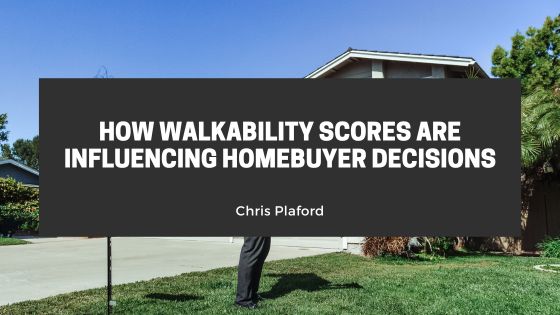As homebuyers become more focused on lifestyle and convenience, walkability has emerged as a critical factor in the real estate decision-making process. A walkability score, which measures how easy it is to walk from a home to nearby amenities like grocery stores, schools, parks, and restaurants, can significantly influence property values and buyer interest. In today’s competitive market, proximity is power, and homes in walkable neighborhoods are in high demand.
What Is a Walkability Score?
A walkability score, often provided by services like Walk Score®, ranges from 0 to 100 and evaluates how pedestrian-friendly a location is. A higher score means that daily errands can be accomplished on foot, while a lower score indicates that a car is likely necessary for most activities. Scores are calculated using a combination of distance to amenities, street connectivity, and pedestrian infrastructure.
While the concept has been around for years, its importance has grown in recent times. As urban development shifts toward mixed-use communities and buyers prioritize accessibility, walkability scores are becoming a key metric for evaluating real estate.
The Lifestyle Appeal of Walkable Neighborhoods
For many homebuyers, a walkable location offers more than convenience, it offers a better quality of life. Being able to walk to coffee shops, local markets, and green spaces encourages physical activity, reduces reliance on cars, and creates a stronger sense of community. Walkable neighborhoods often have vibrant street life and social opportunities that appeal to both young professionals and retirees.
Families with children are also drawn to areas where schools, parks, and libraries are within walking distance. This ease of access saves time and can reduce stress associated with daily routines. For some buyers, walkability can even be a deciding factor that outweighs square footage or other traditional considerations.
Economic and Environmental Benefits
From an economic standpoint, homes in walkable areas tend to hold their value better and appreciate more quickly. Studies have shown that properties with higher walkability scores often command higher prices and sell faster. Buyers are willing to pay a premium for locations that offer easy access to amenities, entertainment, and public transportation.
Walkability also aligns with growing environmental awareness. Living in a walkable neighborhood reduces car usage, lowers carbon emissions, and promotes more sustainable living. For eco-conscious buyers, this environmental impact is just as important as the home itself.
What Buyers Should Look For
When evaluating walkability, buyers should look beyond the score alone. Factors like sidewalk conditions, traffic safety, lighting, and the presence of green spaces all contribute to a neighborhood’s true pedestrian-friendliness. Visiting the area at different times of day and observing the flow of foot traffic can offer valuable insights.
Additionally, buyers should consider future development plans. A neighborhood that is currently car-dependent may be slated for infrastructure improvements that could increase walkability and property values over time.
Conclusion: A Walkable Future in Real Estate
Walkability scores are reshaping the way buyers think about home locations. As preferences continue to evolve toward convenience, health, and community engagement, walkability is becoming a top priority in the home search process. For buyers and investors alike, understanding the impact of walkability can lead to smarter decisions and stronger returns.
